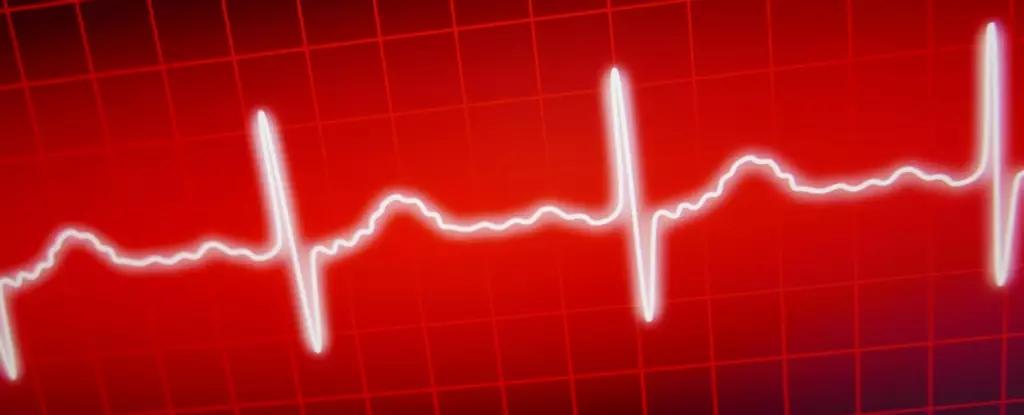In emergency medicine, the rapid and effective use of defibrillators is paramount when addressing cardiac arrest situations. This life-saving equipment delivers electric shocks to a heart that has stopped beating, aiming to restore a normal rhythm. A recent study conducted by researchers at Oregon Health and Science University (OHSU) sheds new light on a vital aspect of this process: the positioning of defibrillator pads. This research indicates that using a specific technique could potentially increase the likelihood of successful resuscitation, thus emphasizing the critical nature of proper training in emergency response scenarios.
The analysis undertaken by OHSU involved a thorough examination of 255 cases where the Tualatin Valley Fire & Rescue team responded to cardiac arrest incidents from July 2019 to June 2023. The findings present a striking contrast between two common methods of placing defibrillator pads: the anterior-posterior (AP) position, wherein one pad is placed on the chest and the other on the back, versus the anterior-lateral (AL) position, which places pads on the front and side of the torso. The results revealed that patients receiving the AP positioning were 2.64 times more likely to achieve return of spontaneous circulation (ROSC) compared to those with pads in the AL arrangement. This significant statistic highlights the need for reevaluation of training protocols for emergency responders.
So why does the positioning of pads make such a difference? The concept behind the AP placement is straightforward: by placing one pad on the chest and the other on the back, the electrical current from the defibrillator effectively envelops the heart. This ‘sandwich’ effect increases the electrical reach across the heart muscle, which may enhance its responsiveness to the shock delivered by the device. According to Dr. Mohamud Daya, a professor in the study, the effectiveness relies on directing the electrical energy from one pad to another through the heart itself, making the case for further investigation into optimal pad placement strategies.
While the findings are promising, it is essential to recognize the limitations present in the observational nature of the study. Since the research was not conducted under strictly controlled clinical conditions, there could be influencing factors affecting the outcomes that remain unaccounted for. Additionally, the ease of applying the AL technique may lead to its frequent use among non-medical first responders—an important consideration in real-world settings where time is critical.
Furthermore, while the AP positioning shows an advantage in the immediate return of cardiac function, it does not correlate with improved long-term survival rates post-discharge. This suggests that pad placement is just one aspect of a multifaceted approach to cardiac arrest treatment, underscoring the need to enhance overall emergency management protocols.
The findings of this study serve as a call to action for further research and exploration within the medical community. As Joshua Lupton, assistant professor of emergency medicine at OHSU, stated, the notable effectiveness of the AP pad placement may inspire additional inquiries into best practices for defibrillator use. Given that survival rates for out-of-hospital cardiac arrests remain woefully low—around 10%—any actionable insight that can improve these statistics is invaluable.
Emergency protocols must evolve with new research findings, and ensuring that medical and lay personnel are educated on the best practices regarding defibrillator use is vital. The immediate goal should be to minimize the time a patient spends in cardiac arrest, thus increasing their chances of survival.
As more studies emerge elucidating the nuances of defibrillator application methods, it becomes increasingly clear that training should adapt accordingly. The potential of different pad placements—especially in light of the superior outcomes linked with the AP method—should be incorporated into instructional practices for emergency responders. Ultimately, this evolution in training can mean the difference between life and death for someone suffering from a cardiac arrest, reinforcing the necessity of ongoing research and education in the realm of emergency medicine.



Leave a Reply